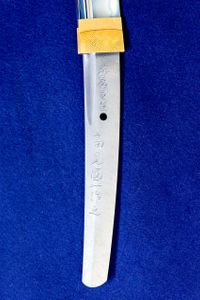Toushou Monogatari: A sword smith's story
Long-term project of the work of Japanese Swordsmith Takami Kuniichi
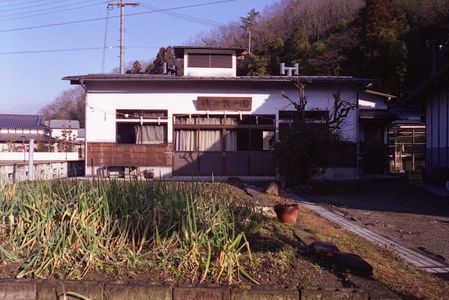
Shigotoba
Where it all happens.
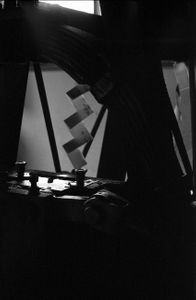
For good luck
Offerings hung on the electric hammer so the Shinto spirits will bless his work
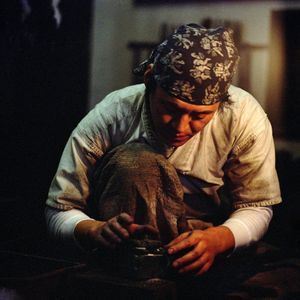
The Beginning
The initial creation of the ingot of steel that will eventually create the blade.
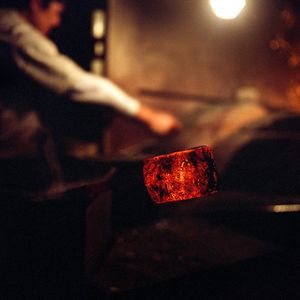
Ingot
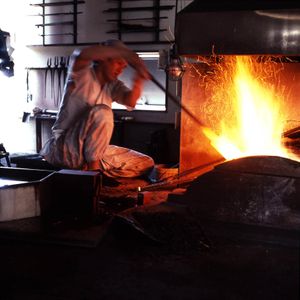
Tanren
Tanren is one of the first steps of the creation of a blade. This step is where the ingot of iron is folded and lengthened repeatedly.
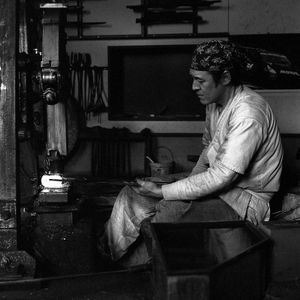
Work of many
Well established smiths tend to have apprentices to do the heavy hammering. Here, an electric hammer suffices.
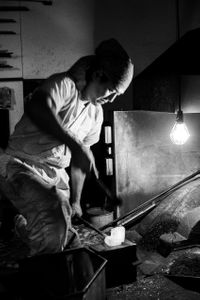
Folding
The initial ingot of steel is split, folded and lengthened over a dozen times. It is this repeated folding which creates the famous layers in a Japanese blade.
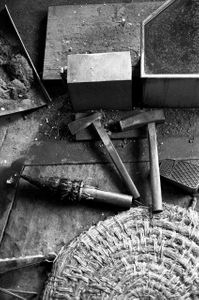
Dougu
Some of the tools of his trade: hammers, wedges, anvil, brush and hand-woven mat of rice stalks.
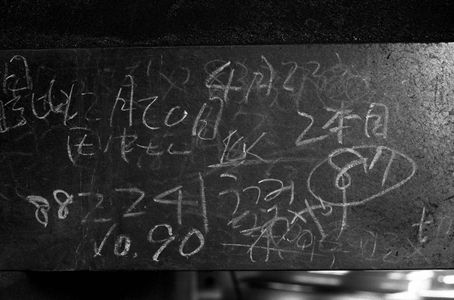
Calculation
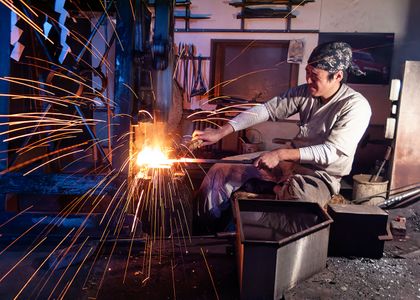
Fireworks
Swordsmith Takami Kuniichi
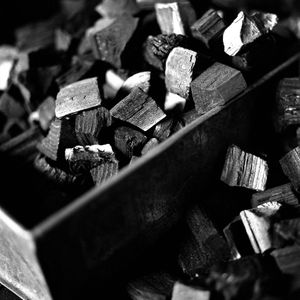
Sumi
Hand-cut charcoal used in the forge. Various sizes are used scientifically in order to more accurately control the intensity of the heat of the flame.
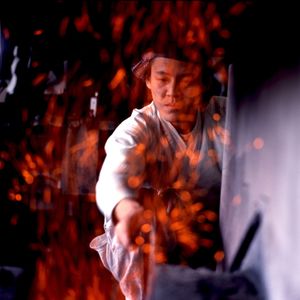
Curtain of sparks
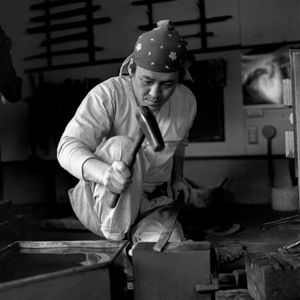
Naosu
The stage of "naosu" or repair is where the lengthened rough blade is fine-tuned.
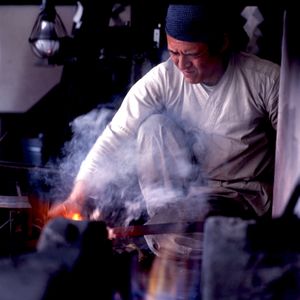
Smoke show
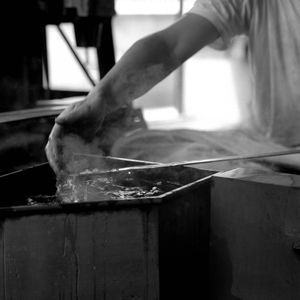
Cool it
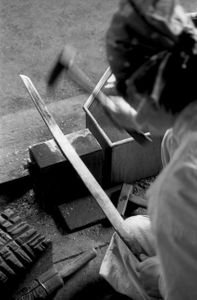
Fine tuning
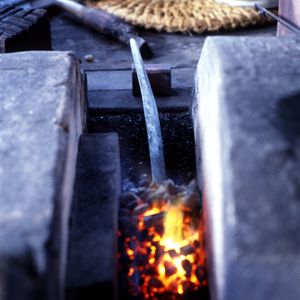
Calm
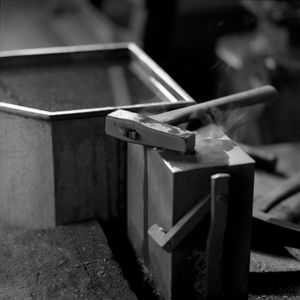
Tsuchi
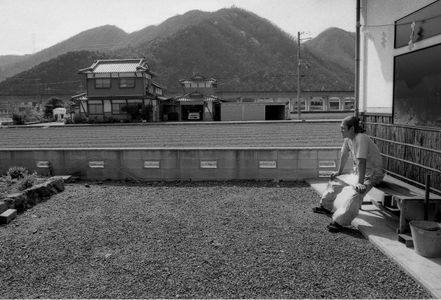
Break time
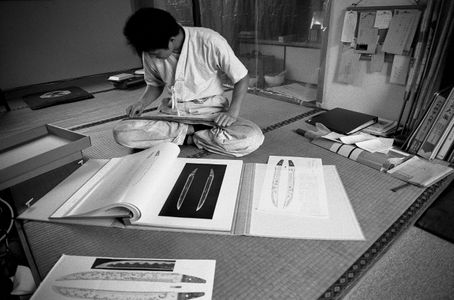
Planning
Historical reference books are a large part of planning out what the hamon will look like.
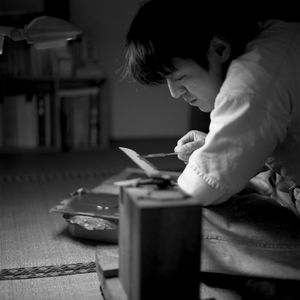
Yakibatsuchi
Painting on the clay mixture. After firing, the pattern will be imparted into the steel. The exact ingredients of the clay is a closely guarded secret.
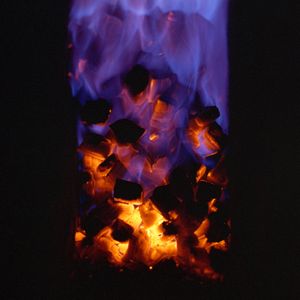
Flames of creation
During tanren, working the forge is done in very low light so that the reading of the temperature of the forge can be done accurately. Since the correct temperature is even more critical during yaki-ire, the final tempering, the workshop is completely void of any outside light sources.
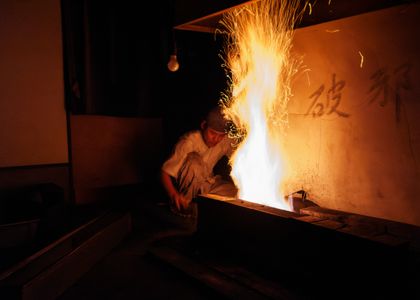
Yaki-ire
The final firing of the blade that tempers and imparts the pattern of the hamon. This step is the most difficult and literally the "make or break" step in the creation of a blade. If a blade fails, this will be the step in which it happens.
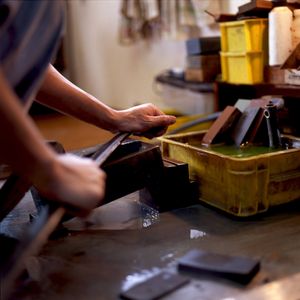
Reveal
The initial reveal of the hamon by removing the yakibatsuchi.
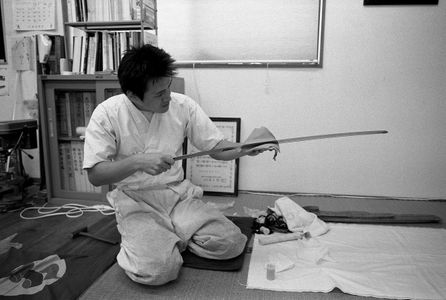
First look
It's time for the first look of the finished blade having come from the polisher.

Hamon
This hamon pattern is referred to as "choji-midare" or the clove pattern due to its similarity to the spice.

Hamon and Jihada
Detail of the hamon (blade pattern) and the jihada (pattern created by the folding of the steel)
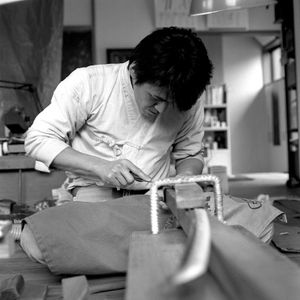
Preparation
Preparing the tang of the blade by putting a file pattern onto it. The signing of the tang (meikiri) will be the last step in the creation of the blade.
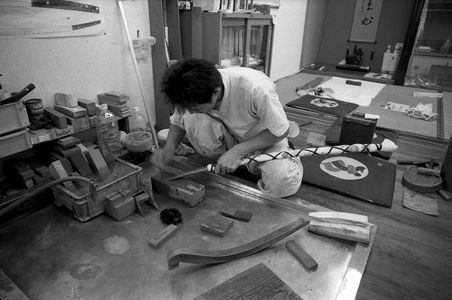
Wrapped and ready

Almost complete
Meikiri: carving in an inscription and his name into the tang of the blade.
